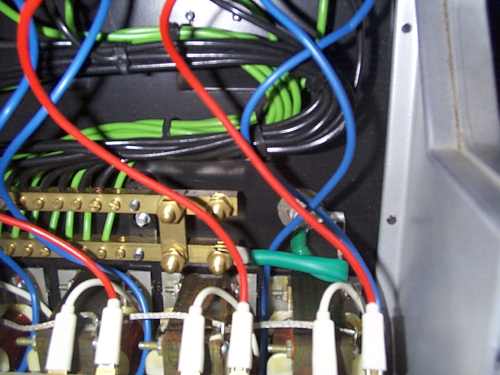While were still talking grounding
I'm working with a new install, new building, very simple sound system. The system was speced and designed by an out side engineering company. It calls for a ground buss in the equipment rack with each piece of audio equipment tied to it with a jumper connected at some point on the audio equipment's chassis. The bar itself is connected to a ground reference point in the tel com / data room with a run of number 6 wire, in this case that will be about a 200 foot run.
While I've seen this done in large phone switching systems, server rooms and radio transmitter sites I think it's a little over kill in this system.
Any possible issues with the equipment chassis having two completely different ground paths, one with the AC power and the other via the buss bars back to the tel com / data room.
I'm working with a new install, new building, very simple sound system. The system was speced and designed by an out side engineering company. It calls for a ground buss in the equipment rack with each piece of audio equipment tied to it with a jumper connected at some point on the audio equipment's chassis. The bar itself is connected to a ground reference point in the tel com / data room with a run of number 6 wire, in this case that will be about a 200 foot run.
While I've seen this done in large phone switching systems, server rooms and radio transmitter sites I think it's a little over kill in this system.
Any possible issues with the equipment chassis having two completely different ground paths, one with the AC power and the other via the buss bars back to the tel com / data room.

